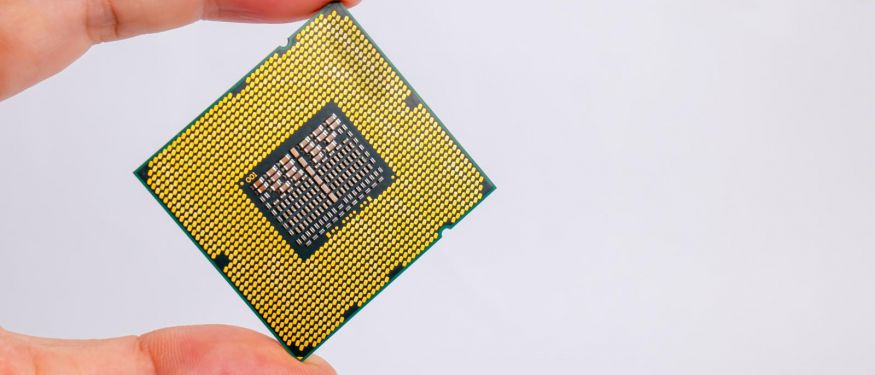
Perhaps you've heard of something called Moore's Law. It's a bold prediction. It says the number of transistors on a chip will double every two years. The result? Faster and smarter technology.
This article will explore the exciting world of transistors, the tiny switches that make our gadgets work. Specifically, we'll look at transistor size.
We'll dive into how small or big they can get and what that means for our favorite devices. Read on as we explore the world of the incredible shrinking transistors and the exciting future of technology.
Transistors in the Semiconductor Industry
Transistors are miniature switches that control electricity flow in electronic devices. They are the main parts of semiconductors, the brains of gadgets like phones, computers, and TVs.
Transistors help semiconductors send messages and do jobs quickly. Transistor sizes impact performance. The smaller they are, the more we can fit into a gadget. Miniaturization drives technological innovation.
Size of a Transistor: Evolution and Limitations
Transistor size over time has gone in one direction: smaller.
They have become tiny but with better performance. In the beginning, they were as big as a fingernail. Today, the smallest transistor size is microscopic - as small as two nanometers. To put it another way, it's an atom-sized transistor.
Scientists in the semiconductor industry have worked hard to reduce the size. But there's a limit to how small they can get before they stop working well.
Advanced Technologies in Transistor Design
Scientists are constantly finding new ways to improve transistor design. For example, they have run experiments using super-thin advanced materials. That includes cubic boron arsenide instead of the usual silicon.
Another innovation is the use of nanotechnology. For example, miniature cooling methods can help improve the performance of transistors.
Researchers continually find new and improved ways to design transistors and semiconductor wafers. It's safe to say that there will be more exciting technological innovations in the future.
How Small or Big Can Transistors Get?
Transistors have become incredibly small over the years. But there is a physical transistor size limit. When transistors become too tiny, they can face issues like quantum tunneling. That's where electrons leak through the transistor.
That can cause errors in electronic devices. Scientists are working on finding new materials and designs to overcome these limits, so our gadgets can keep getting faster.
Imagining The Future of Transistors: More Than Size
Although making transistors smaller has been a big focus, there's more to their future.
Researchers are exploring new ideas to improve how they work. One thought is to stack transistors in 3D, like building blocks, to fit more into a small space.
Another exciting direction is developing transistors that mimic how our brains work. That could help create more innovative and more efficient gadgets.
Some scientists are even working on quantum computing. That uses the rules of quantum physics to make ultra-powerful computers.
Transistor Size: Shaping Our Future
Transistor size continues to push the boundaries of semiconductor technology.
Researchers aim for further advancements in transistors. But they face challenges. That includes quantum effects and manufacturing costs.
The industry's innovation and collaboration will drive further exciting advances. Customers will begin to see faster, more cutting-edge technology. For more information about SilybWater products, contact us here.
Published June 21, 2023.
